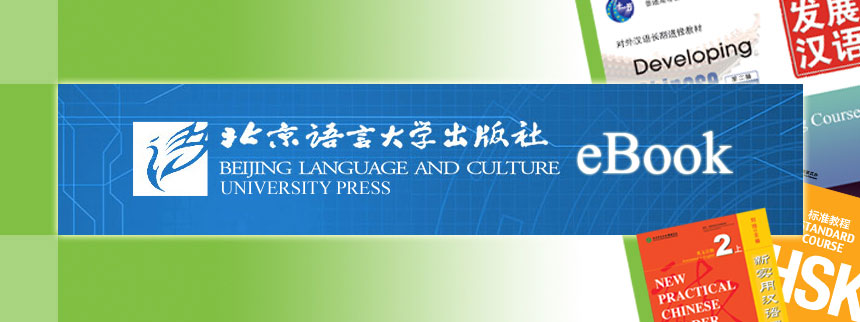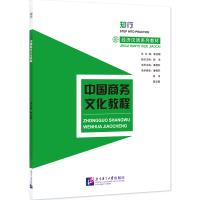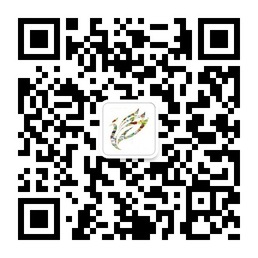Online Bookstore
Chinese for Commerce: Chinese Business Culture
Author:Pan Qianfei
- Medium:Books,MP3
- ISBN: 9787561966143
- Page Count: 64
- Size:285 × 210 mm
- Pub Date:2025-02
- The book weight: 210 g
- Annotation Language:English
- Course:Culture
- Target Audience(Age):College ,Adults
- Target Audience(Language):
- Subject Zone: STEP INTO PRACTICE: Business Chinese Series
- Price:
-
Category: Textbooks >Study in China >Long-Term
Textbooks >Study in China >Degree Education
More














